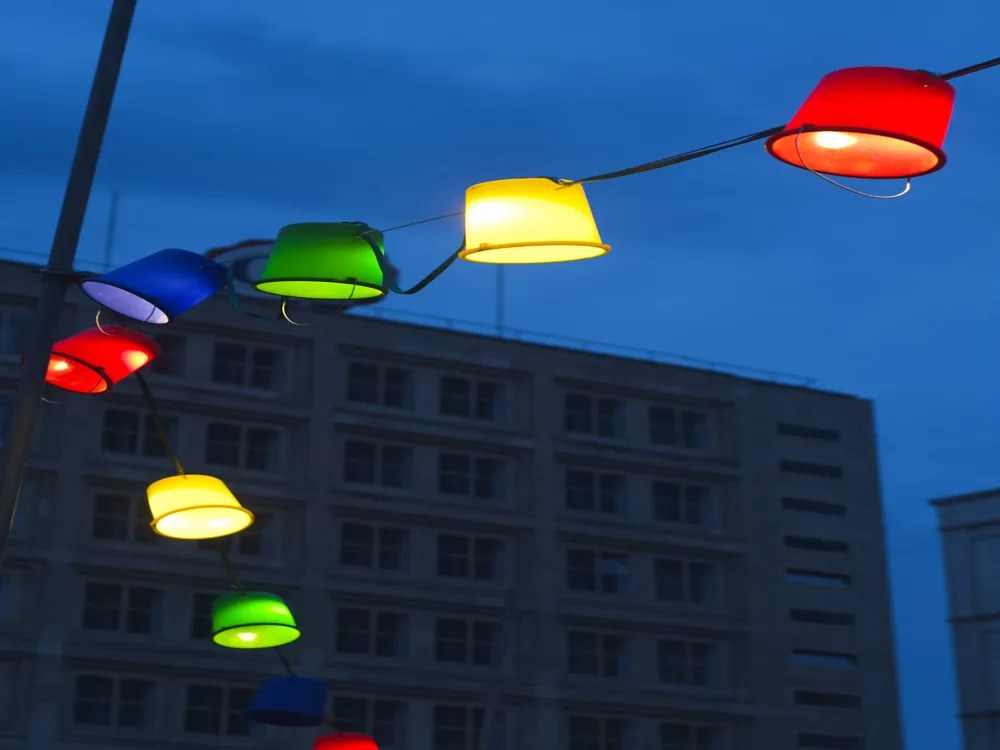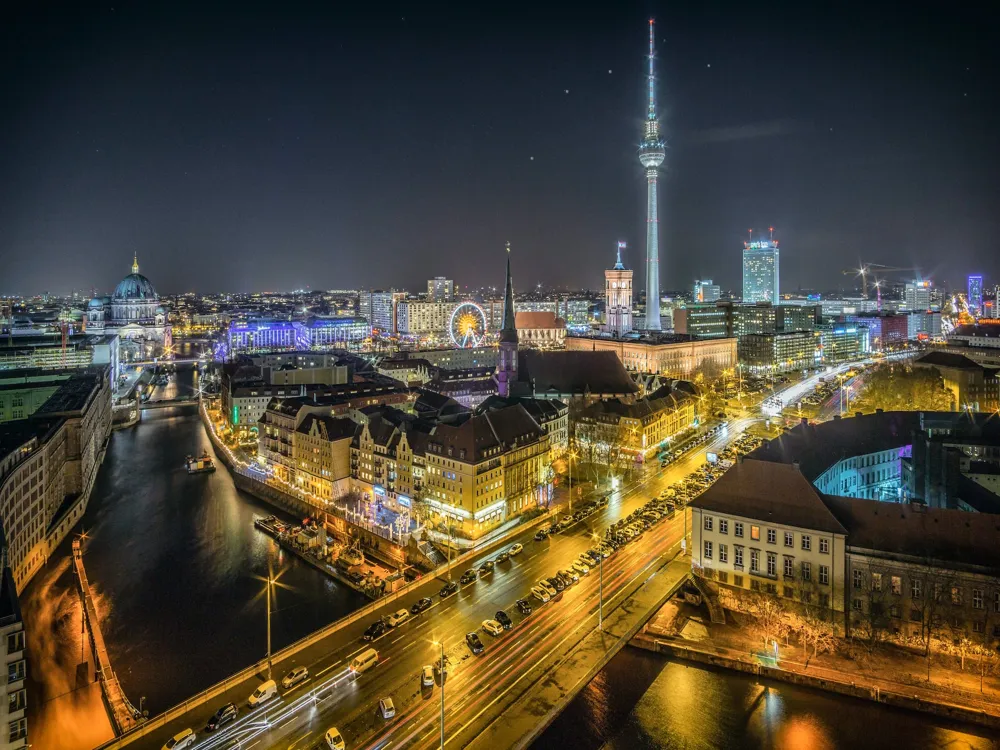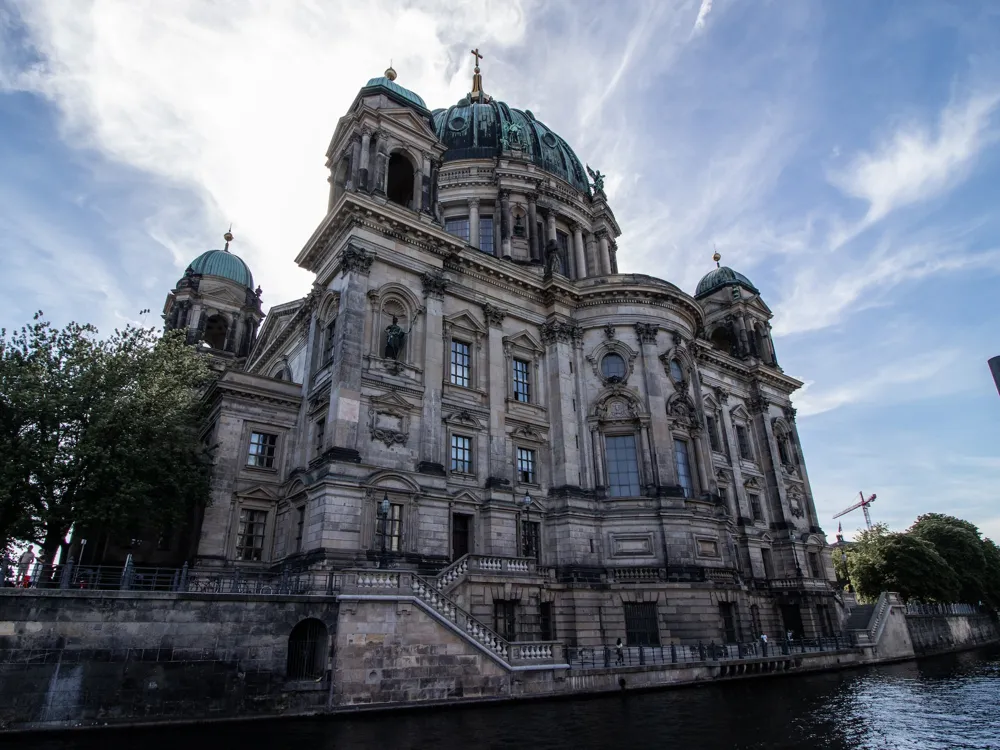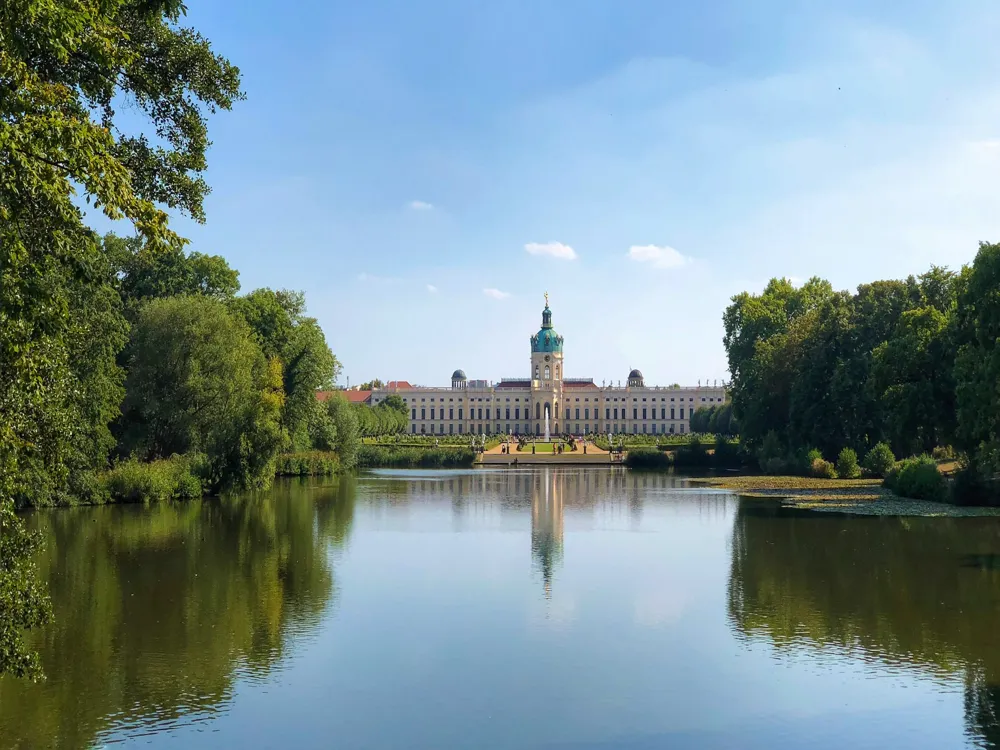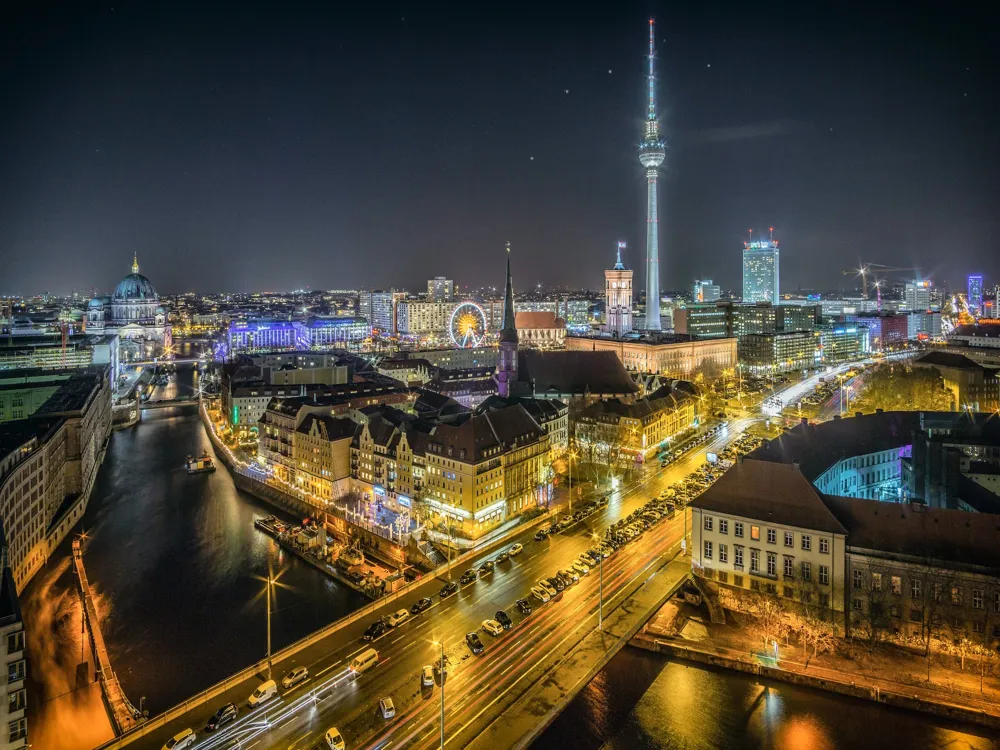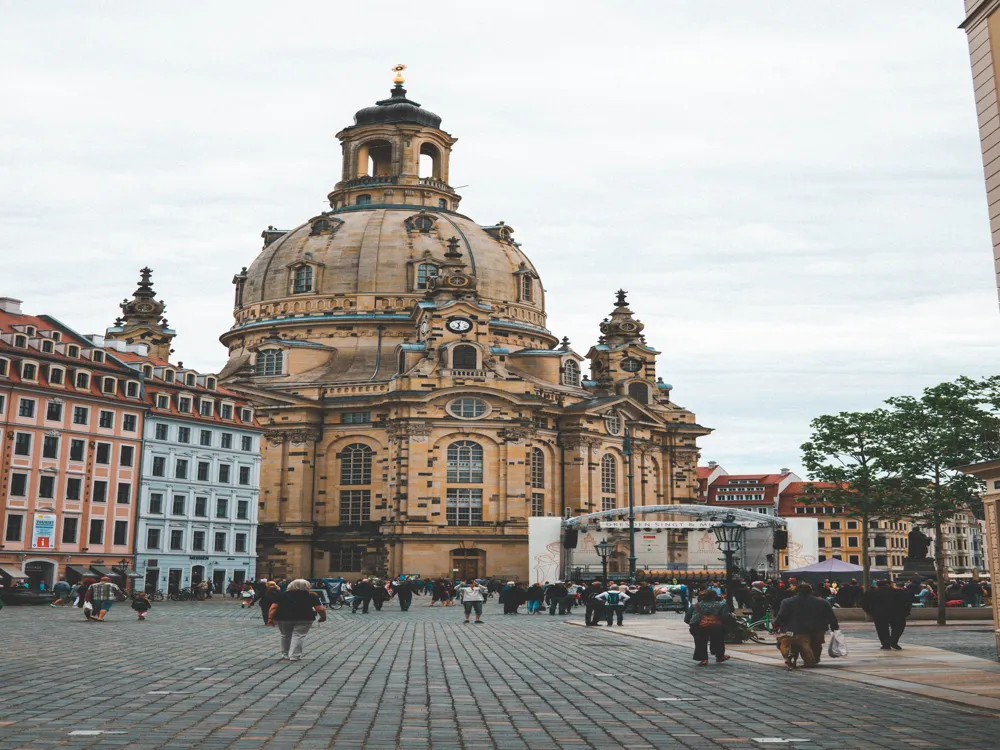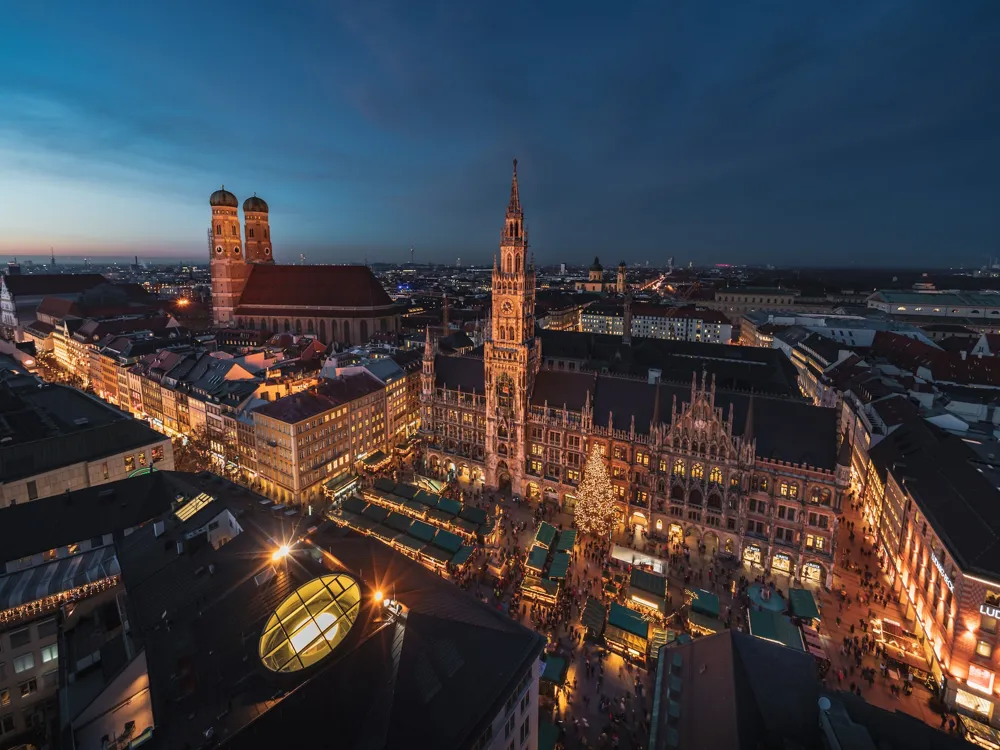Museum Island (Museumsinsel) in Berlin is a unique ensemble of five museums built on a small island in the Spree River between 1824 and 1930. This extraordinary cultural hub forms part of the UNESCO World Heritage and is an unparalleled blend of art, history, and architecture. Each museum is a repository of world-class collections spanning several millennia. From the ancient civilizations of Egypt, Babylon, Greece, and Rome in the Neues Museum to the enchanting art pieces of the 19th century in the Alte Nationalgalerie, Museum Island is a treasure trove for art enthusiasts and history buffs alike. The concept of Museum Island began with King Friedrich Wilhelm III of Prussia, who wanted to make Berlin's art treasures accessible to the public. Karl Friedrich Schinkel, a leading city planner, laid out the first plans. The first building to open was the Altes Museum, renowned for its neoclassical architecture, in 1830. This marked the beginning of the island's transformation into a cultural epicenter. Over the next century, four more museums were added: the Neues Museum, the Alte Nationalgalerie, the Bode Museum, and the Pergamon Museum. Each museum was designed to complement the collections they housed, making the island not just a place of storing art but a piece of art itself. The architecture of Museum Island is as diverse and impressive as its collections. The Altes Museum, designed by Karl Friedrich Schinkel, is a prime example of neoclassical architecture. Its majestic rotunda and elegant columns are reminiscent of ancient Greek temples. The Neues Museum, restored magnificently by British architect David Chipperfield after World War II damage, blends historical structure with modern elements. This museum is particularly noted for its use of space and light to enhance the presentation of its artifacts. The Alte Nationalgalerie, resembling a Roman temple, showcases 19th-century art and sculpture. Its architectural style, combining Renaissance and Baroque elements, creates a perfect backdrop for the artworks it houses. The Bode Museum, situated at the island's northern tip, is known for its majestic dome and grand entrance that faces the River Spree. Its interior, rich in frescoes and sculptures, complements its Byzantine art and numismatic collections. Finally, the Pergamon Museum, famous for its monumental reconstructions like the Ishtar Gate and the Pergamon Altar, is a marvel of early 20th-century architecture. Its massive scale and intricate details provide an immersive experience into the ancient world. To make the most of your visit to Museum Island, it's advisable to plan ahead. Check the opening hours and ticket options in advance. Consider investing in a Museum Pass Berlin for unlimited access to all museums over three consecutive days. It's also wise to start early to avoid crowds, especially in the Pergamon and Neues Museum, which are usually the busiest. Each museum on Museum Island offers a unique experience. It's impossible to thoroughly explore all museums in one day, so prioritize based on your interests. Guided tours can enhance your understanding of the collections. Don't miss the iconic artifacts like the Bust of Nefertiti in the Neues Museum and the Pergamon Altar in the Pergamon Museum. Museum Island is well-equipped with visitor facilities including lockers, restrooms, and cafes. The museums are wheelchair accessible, and most have lifts. Audio guides are available in several languages, offering an enriching experience for non-German speakers. Photography is permitted in most areas of the museums, but flash and tripod use is generally prohibited. Always check the specific photography policies of each museum. Remember to respect the artifacts by not touching them and maintain a quiet demeanor to enhance the experience for all visitors. Museum Island is centrally located in Berlin and is easily accessible by public transport. The nearest stations are Friedrichstraße (S-Bahn and U-Bahn) and Hackescher Markt (S-Bahn). Buses and trams also stop nearby. For those preferring to drive, parking can be found in the surrounding areas, though it's often limited. Cycling to the island is another popular option, with bike racks available outside the museums. READ MORE:-Overview of Museum Island in Berlin
Architecture of Museum Island
Tips When Visiting Museum Island
Planning Your Visit
Exploring the Museums
Facilities and Accessibility
Photography and Etiquette
How To Reach Museum Island
Museum Island
Berlin
₹ 58,000 onwards
View berlin Packages
Weather :
Tags : Museum
Timings : Tuesday - Sunday: 10:00 AM - 6:00 PM,
Thursday: 10:00 AM - 8:00 PM
The Panorama exhibition, the Pergamon and Neues Museum are open also open
Monday: 10:00 AM - 6:00 PM.
Time Required : Morning (so all museums can be visited in a day)
Entry Fee : General Admission: EUR 18 to visit all 5 museums in a day
Reduced: EUR 9
Planning a Trip? Ask Your Question
Also Refered As:
Museuminsel
Berlin Travel Packages
View All Packages For Berlin
Top Hotel Collections for Berlin

Private Pool

Luxury Hotels

5-Star Hotels

Pet Friendly
Top Hotels Near Berlin
Other Top Ranking Places In Berlin
View All Places To Visit In berlin
View berlin Packages
Weather :
Tags : Museum
Timings : Tuesday - Sunday: 10:00 AM - 6:00 PM,
Thursday: 10:00 AM - 8:00 PM
The Panorama exhibition, the Pergamon and Neues Museum are open also open
Monday: 10:00 AM - 6:00 PM.
Time Required : Morning (so all museums can be visited in a day)
Entry Fee : General Admission: EUR 18 to visit all 5 museums in a day
Reduced: EUR 9
Planning a Trip? Ask Your Question
Also Refered As:
Museuminsel
Berlin Travel Packages
View All Packages For Berlin
Top Hotel Collections for Berlin

Private Pool

Luxury Hotels

5-Star Hotels

Pet Friendly







